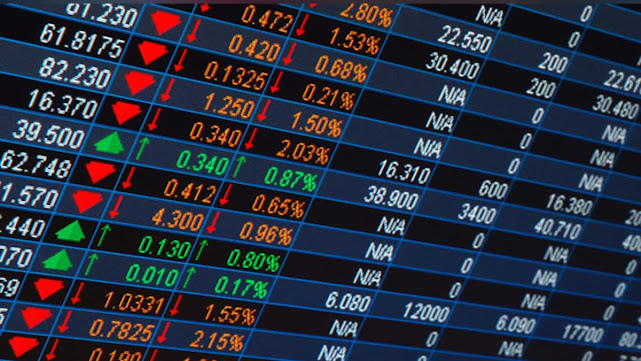Stock Market Average Annual Return
the compound return declines. The greater the volatility of returns, the greater the drop in the compound return. Some examples will help to demonstrate this phenomenon. The table below shows five examples of how the dispersion of returns affects the compound rate.
In each case, the simple average is 10%, while the compound average declines as the dispersion of returns widens. In each of the last two years, the market experienced losses. A loss widens the dispersion of the return, which lowers the compound average.
Dispersion of Returns
Start with $10,000
Example 1 Example 2 Example 3 Example 4 Example 5
Year 1 10% $11,000 10% $11,000 5% $10,500 30% $13,000 40% $14,000
Year 2 10% $12,100 20% $13,200 25% $13,125 -20% $10,400 30% $18,200
Year 3 10% $13,310 0% $13,200 0% $13,125 20% $12,480 -40% $10,920
Simple Average Return 10% 10% 10% 10% 10%
Compound Average Return 10% 9.7% 9.49% 7.66% 2.98%
Half the time the stock market moves up or down by 16% or more in a year. Think back to the returns we have seen in the market over the last few years. They more closely reflect years of positive and negative returns similar to Examples 4 and 5.
Negative Returns
Another consequence of losses in the market is it takes a much greater return to recover to where you began. If you earn 10% in the first year and then lose 10% in the second year, you still have a loss over the two years as the first example shows. Moreover, if you lose 50% in one year, you must generate a 100% return to just breakeven. A very difficult proposition.
Negative Returns
Start with $10,000
Example 1 Example 2 Example 3 Example 4 Example 5
Year 1 10% $11,000 -20% $8,000 50% $15,000 10% $11,000 0% $10,000
Year 2 -10% $9,900 20% $9,600 -50% $7,500 -50% $5,500 -50% $5,000
Return Required to Break Even 1.01% 4.17% 33.33% 81.82% 100.00%
Therefore, the message is to be very careful and not lose money. When you do, you must generate greater returns to break even, let alone make any money. No wonder Warren Buffett's first rule of investing is do not lose money.
The Bottom Line
In baseball, your hitting average does not tell the entire story. The same is true with investing. Be careful when listening to those who espouse they are beating the stock market average return. Moreover, keep your losses small. When you have gains, be sure to protect them. That way you make compounding averaging work for you and you will experience positive stock market average returns.
Hans E. Wagner - I began investing in high school and have remained active in the markets. A graduate of the US Air Force Academy with an MBA majoring in Finance from the University of Colorado, I continued to invest throughout my career in the US Air Force, Bank of America, Coopers & Lybrand, and working for Ross Perot before retiring at 55. During that time I have gained a very good understanding of what works and what doesn't. I hope to impart that knowledge to others so they can achieve financial independence as well.
Economic Cycles, Stock Market
Crashes and the Scary Scenarios




Comments
Post a Comment